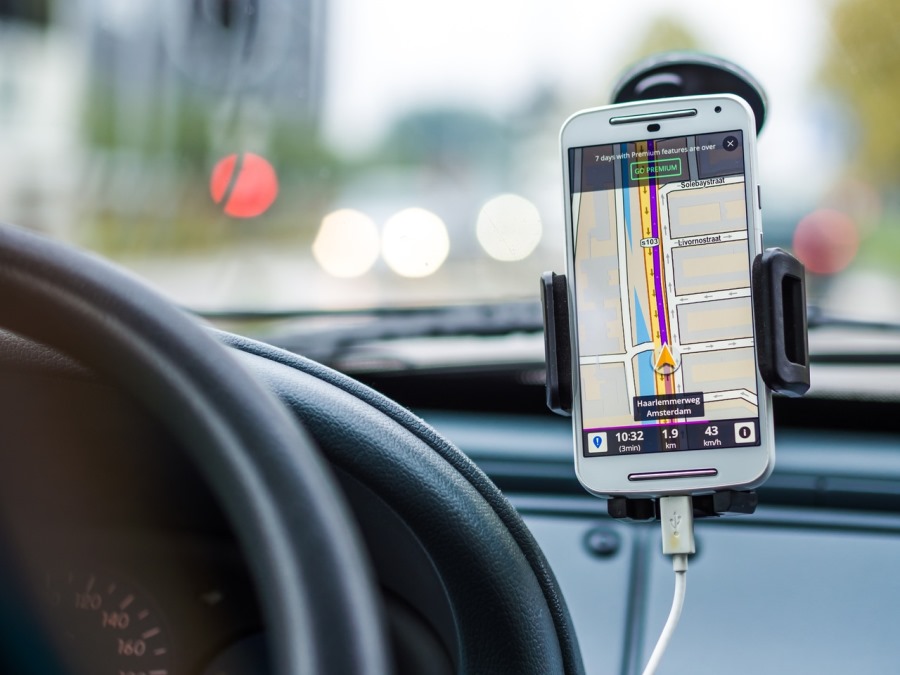
Since cars became an intrinsic utility, the humanity has speculated with how the car of the future might look like. The K.I.T.T. prototype driven by Michael Knight in the famous 80s series Knight Rider already reflected that future cars would be above all very smart. 30 years later, the emergence of Uber, the socialization of mobile devices and the development of high technology such as cloud computing, big data and Internet of Things (IoT) are making the present cars increasingly intelligent, and in a very near future more autonomous, hyper connected and social.
This new scenario addresses big changes that threat to disrupt the whole automotive industry and even dependent markets. All participants across the automotive industry value chain need to be mindful of the speed and dramatic transformation experienced in other industries. The old-school engineering excellence focusing on car handling, safety and data-sheet figures will be not enough this time to overcome the new challenges posed by the digital age. Therefore, it is important for all participants to step on the accelerator towards digital transformation if they don’t want to lag behind.
Uber, disruptive service
The American on-demand transportation service Uber caused a huge impact onto the taxi sector at all levels. Its main purpose is to make everyone a taxi driver without license. Uber is only an intermediary between the driver and the customer, so their license status does not have to be with them. Uber charges the customer directly from the APP. This disruption is a stab in the back for the old economy, as Uber’s concept is driving people to adopt a sharing model. That’s why robotic and driverless fever are becoming a hot topic.
The habits are changing. Young people use cars, but don’t want to own them. The ridesharing is gaining momentum at the same time mobile-end devices spread. Both circumstances are influencing manufacturers to establish partnership with the kings of on-demand service Uber and its direct competitor Lyft and to work on self-service innovation. Specifically General Motors (GM) invested half a billion dollars earlier this year in Lyft with those plans. Other good working examples are BMWs driveNow and Audi, who presented its new E-tron Quattro concept car
» We see the future of personal mobility as connected, seamless and autonomous,” said Dan Ammann, president of GM, in a press release. «
Toyota has created the Toyota Research Institute to develop AI and robotics for self-driving purposes. On the other hand, Google is developing its Self-Driving Car for some years and has already tested prototypes on the streets.
The connected car, a big data source

As you already have seen, the self-driving car race has started. The winner is still uncertain and the effort to develop robot taxi services remains far from clear. But for now, drivers can expect a growing number of semi-autonomous vehicles and self-driving car prototypes to appear on public roads.
There’s no doubt, we are heading to an increasingly more connected car. The car of the present and near future will integrate a superior in-car connected platform for all types of vehicle communications that can be used in conjunction with mobile devices. Typical suppliers like Bosch, BROSE and Jenoptik are also called to rethink their role in the new ecosystem and to be innovative.
Part of the digital transformation will depend greatly on their developing efforts. They have the responsibility to combine the sensors to have – for example – smart headlights cleaning systems to assist the driver that do not flash other drivers, but always keep the upfront road as light as possible; or mounting brackets for parking sensors
On the other hand, connected cars will be connected to a wide range of apps able from delivering the most accurate GPS systems, through tracking the overall car-health and to automatically chip-tune your car for more power, for example.
Have you seen it? Data and connectivity. Both have currently a lot of potential but also risks. The connected car will be a big data source in motion, which has to be managed smartly. Have you ever imagined to collect data from a car just to be able to adapt business models, identify ways to engage old and new partners and, in essence, enhance customer experience?
Our 5 Reading Tips of the Week
Fintech is playing the long game (TechCrunch)
Chancen in Asien nutzen: B2B-Kommunikation in China (Marconomy)
Best-Practice-Special: Industrie 4.0 Geschäftsideen (Best Practice Business)
Summer Sale: So wird der Sommer zum Erfolg (Etailment)
Instagram setzt Algorithmusänderung um (Internet World)


![Hyper-Personalisation: How to Use AI to Effectively Implement Your Marketing Measures [5 Reading Tips] Hyper-Personalisation Reading Tips](https://www.handelskraft.com/wp-content/uploads/sites/2/2022/09/hyperpersonalisierung_handelskraft_lesetipps_beitrag-1024x538-1-190x100.jpg)
![Automotive Online Shop Migration: SEAT Paves the Way for Multi-Client Platform Based on Adobe Commerce [Success Story] Automotive Online Shop Migration: SEAT Paves the Way for Multi-Client Platform Based on Adobe Commerce](https://www.handelskraft.com/wp-content/uploads/sites/2/2022/10/seat_success_story_beitrag-1024x538-1-190x100.jpg)
![Business Intelligence in Agriculture: How KWS Benefits from Data-Driven Decision-Making [Success Story] Business Intelligence in Agriculture: How KWS Benefits from Data-Driven Decision-Making](https://www.handelskraft.com/wp-content/uploads/sites/2/2023/01/business-intelligence-in-der-landwirtschaft-wie-kws-von-datengetriebenen-entscheidungen-profitiert-success-story_beitrag-1024x538-1-190x100.png)